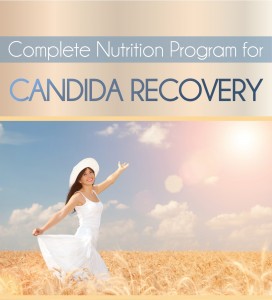Iodine is one of the most important and overlooked minerals, and happens to be critical for proper thyroid functioning. Iodine is actually utilized by the thyroid gland to produce T4. But it’s not just your thyroid that loves iodine. Iodine is also required for every tissue of the body, and is used by the skin, breast tissue, kidneys, spleen, liver, blood, salivary glands and intestines, among others.
Lack of iodine can lead to health issues in addition to thyroid imbalance, including fibrocystic, or precancerous breast tissue.
A fairly sizeable percentage of our population is iodine deficient, for two main reasons: the first is that our diets often lack natural iodine containing foods like seaweeds, and the second reason is that we are all exposed to iodine antagonists. Iodine is part of the halogen family of elements that includes fluorine, bromine and chlorine. These elements compete with each other for absorption and utilization in the body. In most developed nations, people face constant exposure to bromine, fluoride and chlorine compounds.
HOW DO THESE ELEMENTS AFFECT IODINE ABSORPTION?
BROMINES: These toxic chemicals are used in baking in the majority of all the breads in America and many nations. The widespread use of bromides in bread-making causes interference with iodine uptake and utilization.
CHLORINE: Chlorine is another highly toxic element that interferes with iodine utilization. Chlorine is added to most water supplies by law, is added to flour to whiten it, and it forms toxic compounds when baked. Chlorine is also in wide use as a bleaching agent, an anti-bacterial and anti-viral agent used to sterilize papers, rubber and plastics.
FLUORIDES: The main source of fluoride for most people is the mass fluoridation of the water supply. Fluorides from the water have found their way into the water table and irrigation systems of many parts of the US, which means that the fluoride levels in many crops grown in the US are high.
I highly recommend avoiding commercial bread products and getting a high quality home water filtration system that filters out chlorine and fluoride (if you water supply has it).
The bottom line is that many people are low in iodine. If you are experiencing issues with your thyroid, or with fiborocystic breast tissue, you might want to consider getting an iodine loading test to determine iodine need. You can also try the ‘patch test’. To do that, you just put some iodine on your skin and observe how quickly it is absorbed. If it is absorbed very quickly, you are very likely to be deficient in iodine to some degree. This method is considered less accurate, but still an effective measure.
Iodine can be supplemented in the diet by regularly consuming seaweed, but use caution when supplementing with iodine. Iodine supplementation has been shown to cause buildup in the thyroid tissue where it causes damage. This is of particular concern for those who suffer from Hashimoto’s, an immune system disorder that affects the thyroid.
Consider adding seaweed to your diet. Kelp granules are an easy place to start! You can sprinkle them on salads, soups and in smoothies. Kelp is a great addition to the diet because it contains many trace elements that our bodies need like selenium, chromium, germanium and many others that are difficult to obtain. It is also a natural food, so the body can regulate how much it absorbs without any danger of toxicity.
You can add kelp or dulse granules to soups and salads, eat delicious raw salads made with arame, add kombu and wakame to soups, or wrap up some raw sushi in a raw nori roll.
Overall, it is important to be sure your diet has sufficient amounts of iodine, preferably from natural sources.










